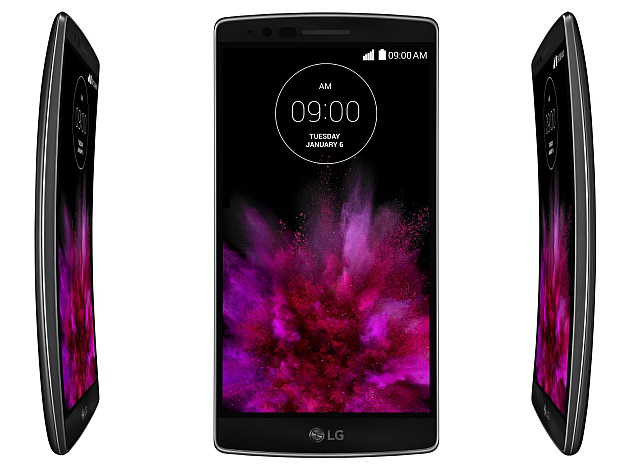A 120 years old mystery surrounding the regeneration of flatworm cells seems to have been solved by a computer. This computer was programmed to help in the development of scientific theories and that too without any assistance from humans. This machine has been built by the biologists at Tufts University. It has been able explain the process which show how the sliced-up flatworms genes are able to regenerate the sliced-up called into a new organism. This process is being called as Planaria.
Planaria:
The computer has scanned the information that’s has been gathered from various studies performed in the same field and then it stimulated numerous networks that has been formed by the genes of the work till it was able to find an exact match for this study. Every time the system was able to successfully match the data will the study, it saves results and manipulated the entire system and restarted the search to find a new match again. This process was continued for 3 days before the team came up with the needed answers.
Virtual Assistance:
According to Michael Levin, the senior author of the paper highlighting the details of this discovery, this can be considered as the most comprehensive and detailed model of planarian regeneration every found, until now. He also added that little assistance was taken from the artificial intelligence for carrying out the computations, the outcomes of this research is completely a theory based on the activities of the worm. Levin also stated that it was quite remarkable that the outcomes were a comparatively simple model that will be easy for humans to understand and not get tangled in the overall mess.
This clearly indicates that artificial intelligence can be very much used in every aspect of science and not being limited to data mining. It can be extended to understand the meaning behind the data. Levin stated that they this problem for finding out solution because mainly it was very interesting and these worms and primarily immortal. Even if they are cut in pieces they have the ability to continuously transform into new organisms.
Is it the rise of new computer scientist?
Despite the fact that it just took 3 days for the computer to find a solution, it took the team years to design and develop the computer program. Levin states that if the computer-driven trial-and-error approach can be used for developing scientific theories, it can be very much used in all disciplines of science, especially the ones that involve too much of complicated data.
This program shows that it is important for the approach and the problem to be universal. They are hoping that this program is used for getting valuable insights into some basic science. Levin hopes that this approach will be used for finding solutions to different questions in biology be it cancer metastasis. All it requires is the change in the formal language, building of the database with the necessary facts and adding stimulator.








